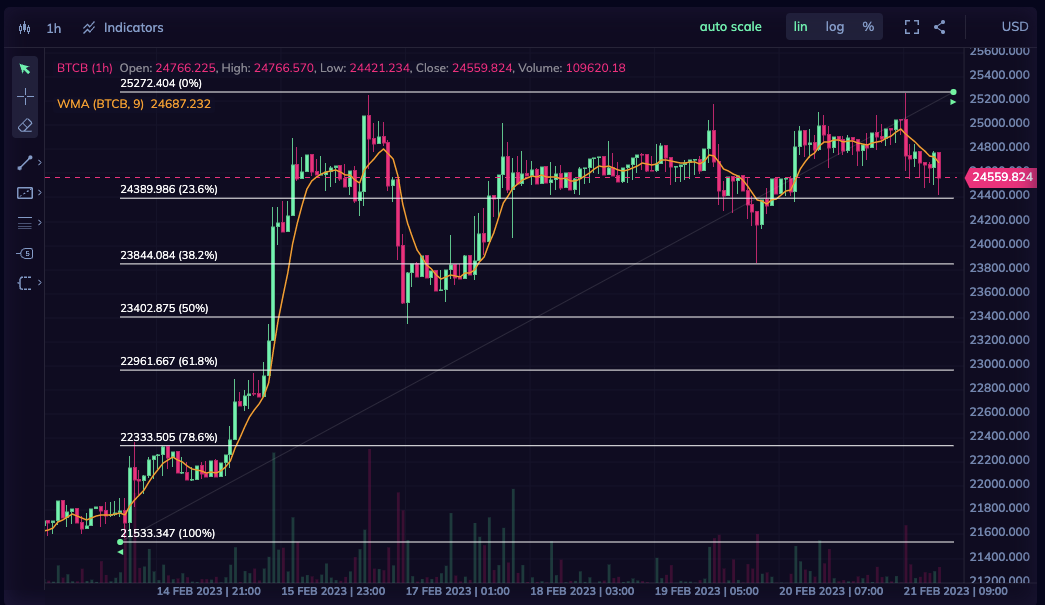What is Proof of Burn?
Proof of burn is a consensus mechanism used in some blockchain networks as an alternative to proof-of-work and proof-of-stake.

Proof of burn is a consensus mechanism used in some blockchain networks as an alternative to proof-of-work and proof-of-stake. It involves burning cryptocurrency, or sending it to an unspendable address, in order to prove that a certain amount of work has been done. In this article, we will define what proof of burn is, discuss its history and evolution, explain how it works, and explore its benefits and limitations.
Definition
Proof of burn is a consensus mechanism used in some blockchain networks as an alternative to proof-of-work and proof-of-stake. It involves burning cryptocurrency, or sending it to an unspendable address, in order to prove that a certain amount of work has been done.
History and Evolution
Proof of burn was first proposed by developer Iain Stewart in 2012 as a way to solve some of the problems associated with proof-of-work and proof-of-stake, such as energy consumption and centralization. Since then, several blockchain networks have adopted proof of burn as a consensus mechanism, including Counterparty, Slimcoin, and Burnercoin.
How it Works
Proof of burn works by requiring users to burn a certain amount of cryptocurrency, typically the network's native token, in order to participate in the consensus process. The burned tokens are sent to an unspendable address, which means they are effectively destroyed and removed from circulation.
The amount of cryptocurrency burned is proportional to the user's chances of being selected to create a new block in the blockchain. This means that the more cryptocurrency a user burns, the higher their chances of being selected to create a new block.
Benefits
- Energy efficiency: Proof of burn is more energy-efficient than proof-of-work, as it does not require users to perform complex computations in order to participate in the consensus process.
- Decentralization: Proof of burn can help to promote decentralization, as it makes it more difficult for a single user or group of users to gain control of the network.
- Security: Proof of burn can help to enhance the security of the network, as it requires users to make a significant investment in order to participate in the consensus process.
Limitations
- Inefficient use of resources: While proof of burn is more energy-efficient than proof-of-work, it still requires users to burn cryptocurrency, which can be seen as an inefficient use of resources.
- Lack of incentives: Unlike proof-of-stake, proof of burn does not provide users with any incentives to hold onto the network's native token, which can lead to a lack of user engagement and adoption.
Conclusion
In conclusion, proof of burn is a consensus mechanism used in some blockchain networks as an alternative to proof-of-work and proof-of-stake. It involves burning cryptocurrency in order to prove that a certain amount of work has been done. Proof of burn is more energy-efficient than proof-of-work, and can help to promote decentralization and enhance the security of the network. However, it also has limitations such as an inefficient use of resources and a lack of incentives for users to hold onto the network's native token. As the blockchain and cryptocurrency space continues to evolve, new consensus mechanisms and improvements are likely to emerge to address these limitations and enhance the capabilities of blockchain networks.




